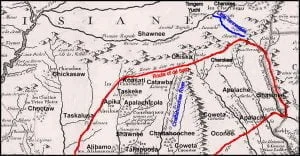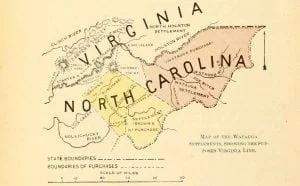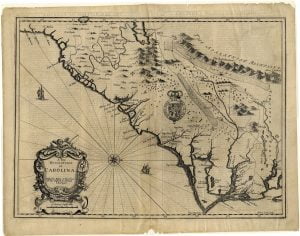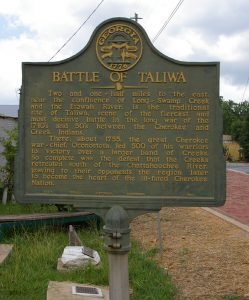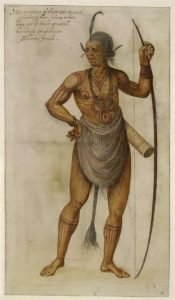Will the Real Sequoya Please Stand Up?
Will the Real Sequoya Please Stand Up? The preponderance of biographical information online and published in manuscripts concerning Sequoyah conflicts. Author Richard Thornton jovially delves into the conflicting information and tries to establish the true identity of this man called the “inventor of the Cherokee Alphabet.”


